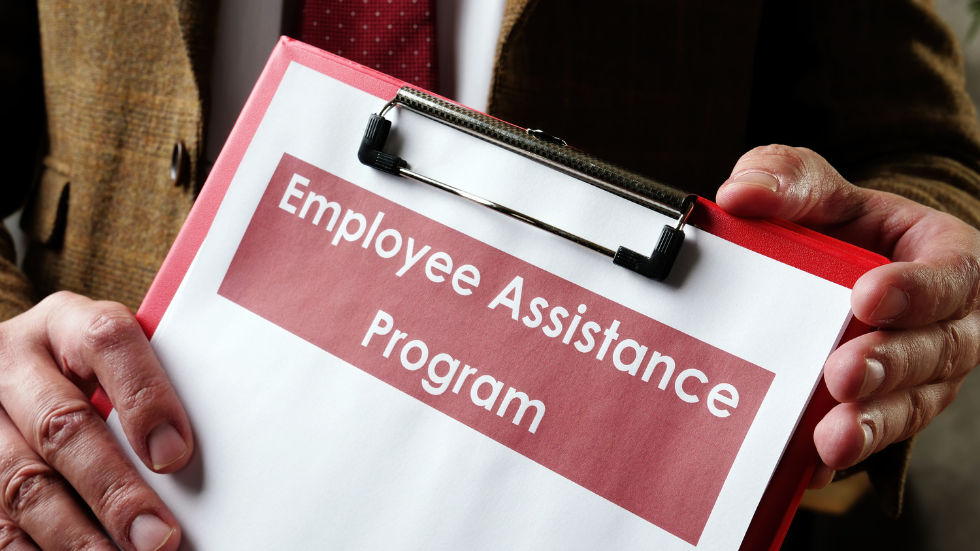Creating a Culture of Support: A Guide to Developing an Effective Employee Assistance Program (EAP)
3 mins read
As organisations become more aware of the importance of employee well-being, they increasingly turn to Employee Assistance Programs (EAPs) to provide employees with resources to address personal and work-related issues. An EAP is a confidential, short-term counselling service designed to help employees deal with personal or work-related problems that may impact their job performance, health, and well-being. This article will…
As organisations become more aware of the importance of employee well-being, they increasingly turn to Employee Assistance Programs (EAPs) to provide employees with resources to address personal and work-related issues. An EAP is a confidential, short-term counselling service designed to help employees deal with personal or work-related problems that may impact their job performance, health, and well-being.
This article will explore an EAP program and provide a step-by-step guide to developing an effective EAP.
What is an EAP?
An EAP program is a workplace benefit that offers employees confidential and professional counselling services to address personal and work-related issues. These programs are designed to support employees in managing mental health, substance abuse, financial problems, and other concerns that may impact their job performance, productivity, and overall well-being. EAPs typically provide employees access to various resources, including counselling sessions, referrals to community resources, and educational materials.
Why Develop an EAP Program?
Developing an EAP program demonstrates a commitment to employee well-being, which can positively impact employee retention, job satisfaction, and productivity. Organisations can create a culture of trust and openness by providing employees with a confidential and supportive environment to address personal and work-related issues. Moreover, EAPs can reduce absenteeism and presenteeism, increasing productivity and cost savings.
Steps to Developing an Effective EAP:
- Conduct a Needs Assessment: Before developing an EAP program, it is essential to identify your workforce’s specific needs and concerns. A needs assessment can help you understand the types of services and resources that will be most valuable to your employees. EAP programs are not one-size-fits-all. Instead, they should be evaluated continuously to ensure that they meet their goals and objectives and the needs of employees who use them.
- Establish Program Goals and Objectives: Once you have identified the needs of your workforce, establish clear goals and objectives for your EAP program. These goals should be specific, measurable, and achievable.
- Develop Program Components: Based on your needs assessment and program goals, develop the components of your EAP program. This may include counselling services, educational materials, and referrals to community resources.
- Choose Service Providers: Identify service providers, such as licensed counsellors and community resources, to provide the services outlined in your program components.
- Establish Program Policies and Procedures: Develop policies and procedures that outline the scope of the program, the confidentiality of services, and how to access the program.
- Communicate Program Information: Communicate program information to employees through various channels, such as newsletters, intranet, and meetings. It is essential to promote the program regularly to ensure that employees are aware of the resources available to them.
- Evaluate Program Effectiveness: Regularly evaluate your EAP program’s effectiveness by collecting employee feedback, reviewing program data, and identifying areas for improvement.
Employee Assistance Programs (EAPs) are essential for supporting employee well-being and promoting a culture of openness and trust in the workplace. Developing an effective EAP program requires a thoughtful and strategic approach grounded in your workforce’s specific needs and concerns. By following the steps outlined in this article, you can create an EAP program that supports your employees’ well-being and contributes to your organisation’s success,











